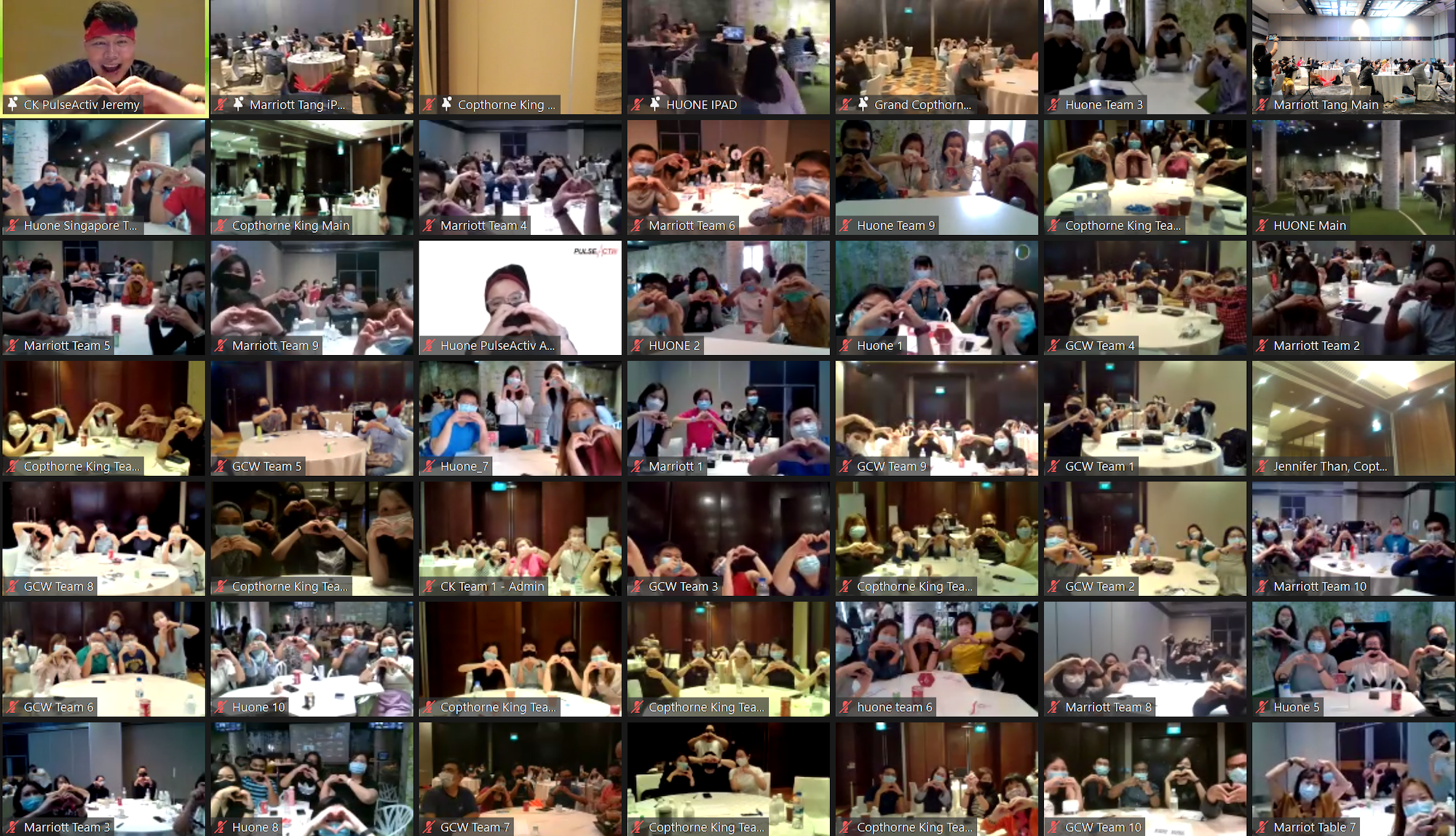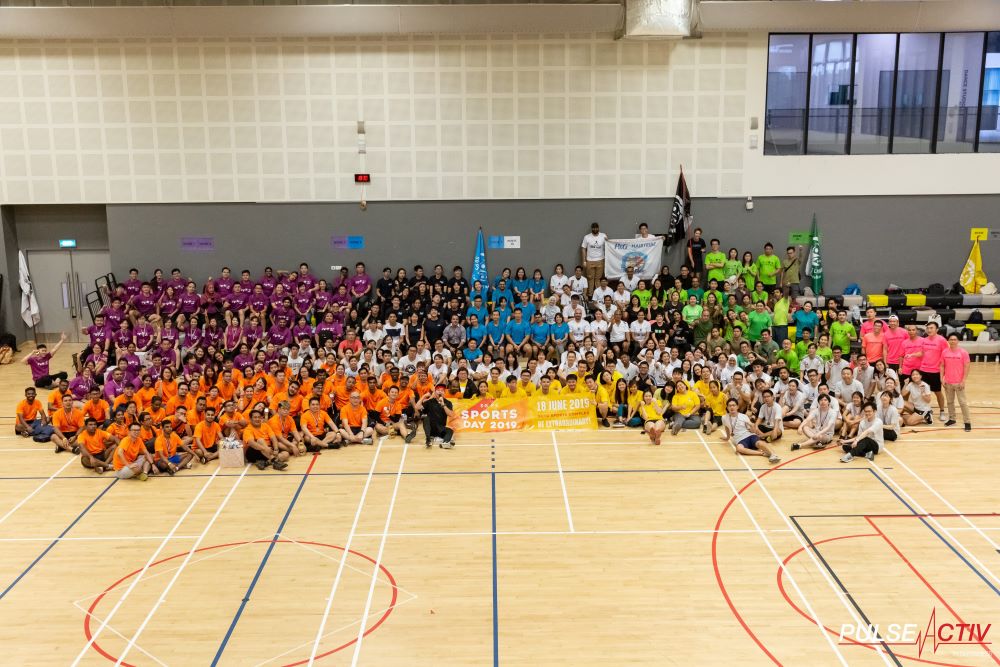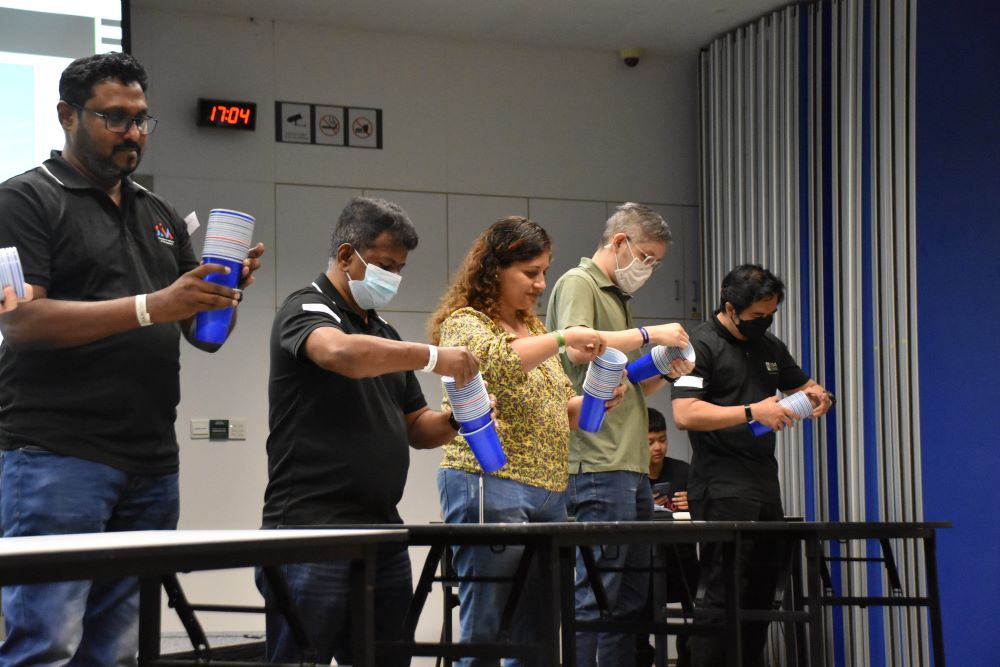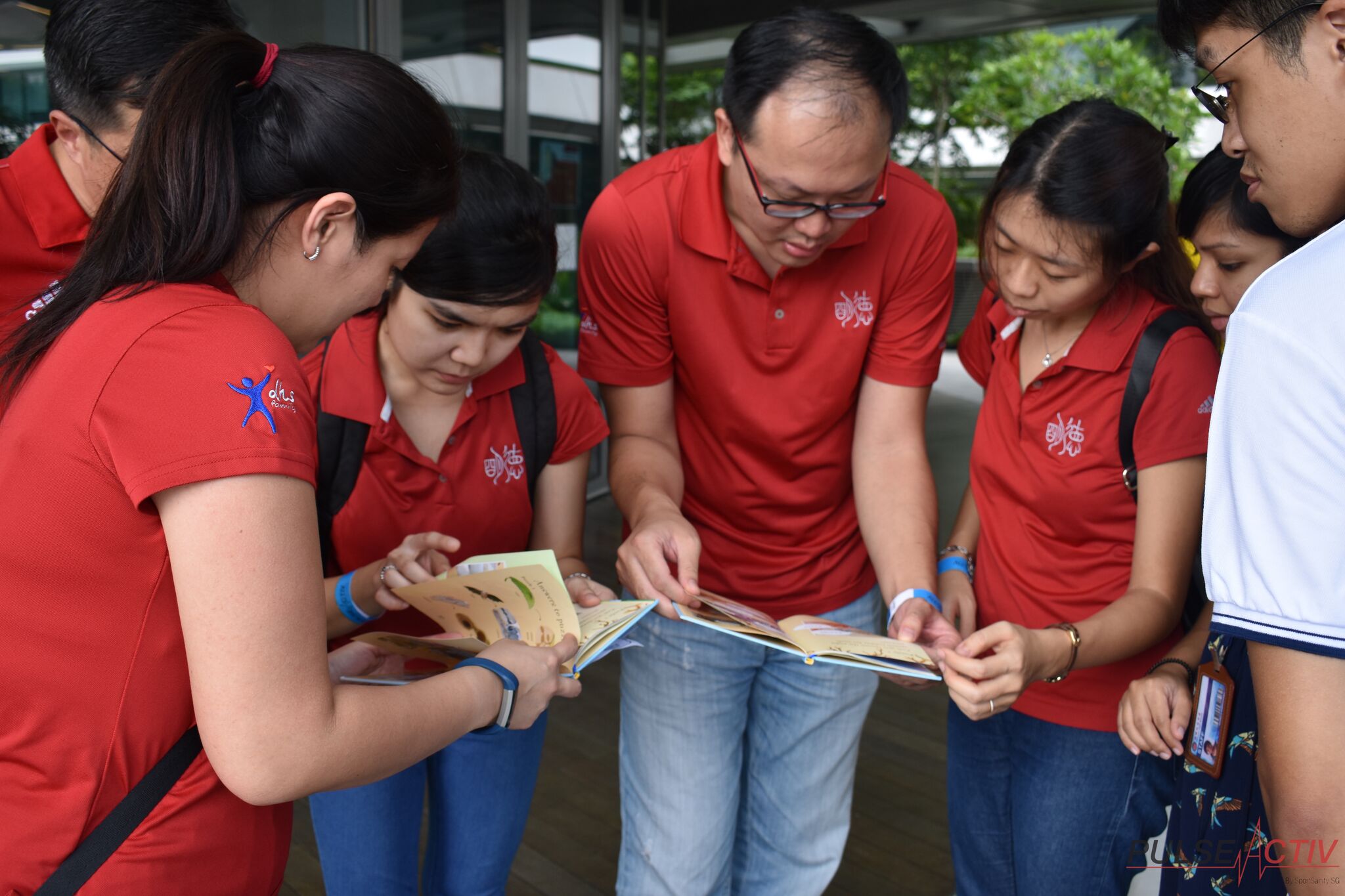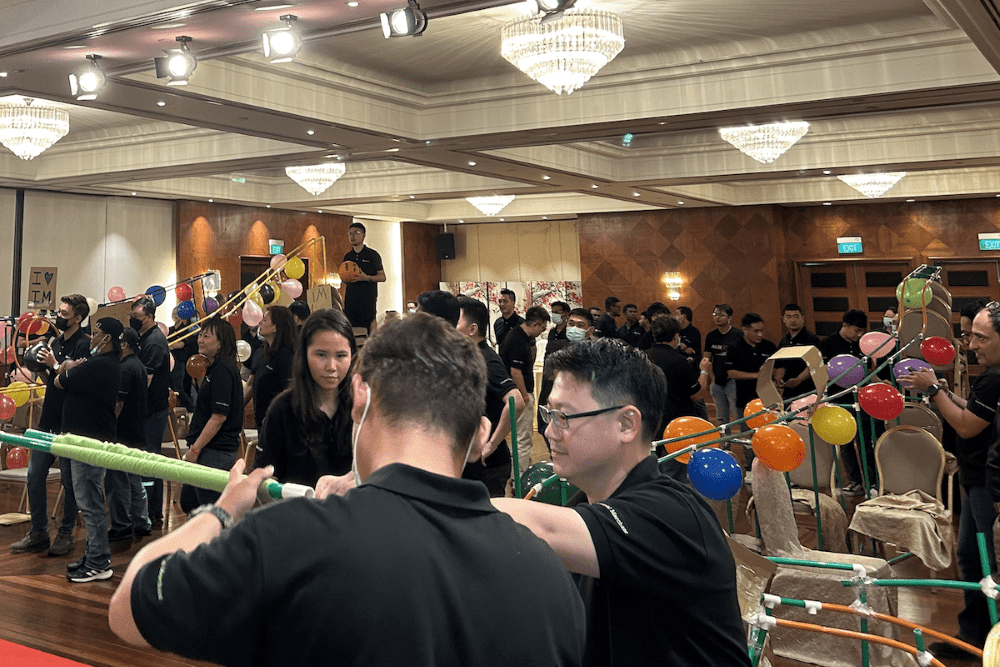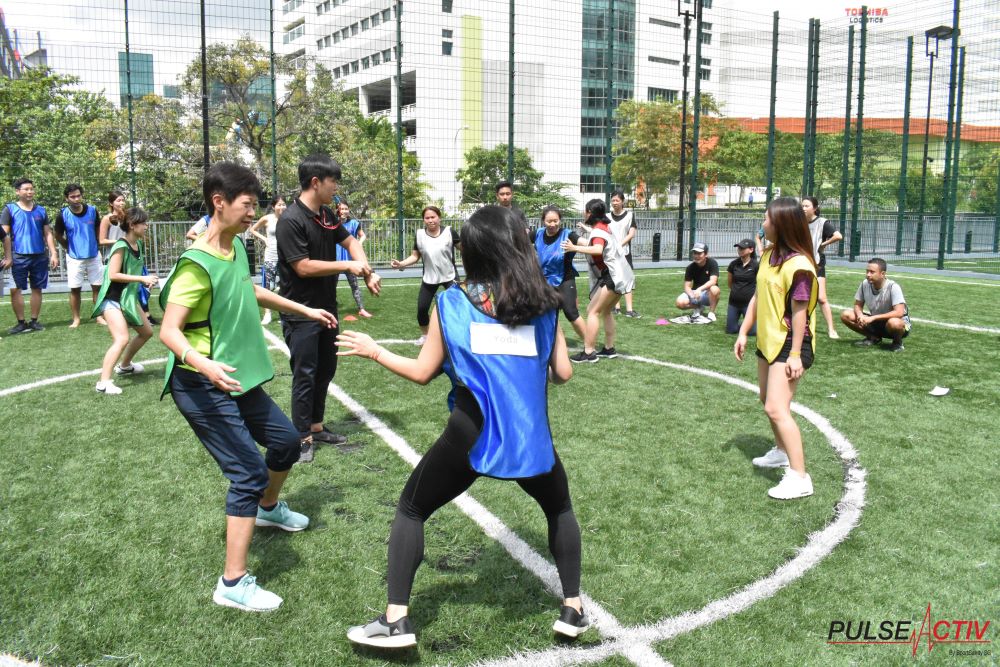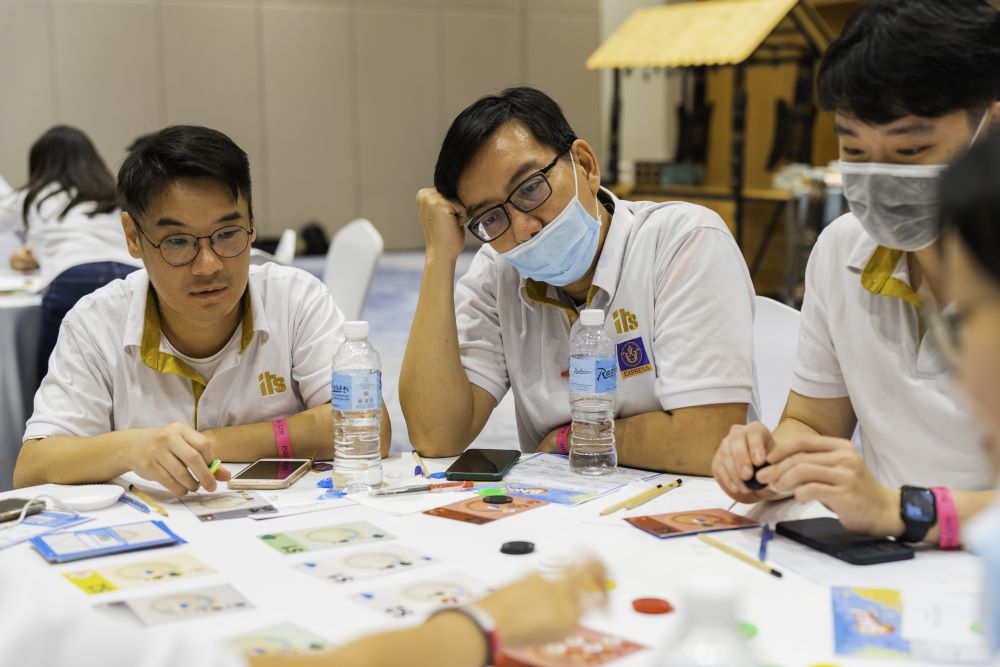The Role of Virtual Team Building in Employee Retention
In today’s rapidly evolving work environment, businesses are increasingly adopting remote and hybrid models to stay competitive and attract top talent. This shift has brought about new challenges, particularly in maintaining team cohesion and ensuring employee satisfaction. One of the most effective strategies to address these challenges is virtual team building. By fostering a sense of community and belonging, virtual team-building activities play a pivotal role in enhancing employee retention.
Building Connections in a Digital World
The physical separation inherent in remote work can lead to feelings of isolation and disconnect among employees. Virtual team-building activities bridge this gap by creating opportunities for team members to interact in informal, engaging ways. These activities range from online escape rooms and trivia games to virtual happy hours and collaborative projects. When employees feel connected to their colleagues, they are more likely to develop a sense of loyalty and commitment to the organization.
Enhancing Communication and Collaboration
Effective communication is the cornerstone of any successful team. Virtual team-building exercises often emphasize collaboration and problem-solving, which can translate to improved communication skills in day-to-day work interactions. Activities such as virtual scavenger hunts or digital brainstorming sessions encourage team members to share ideas and listen actively. This enhanced communication can lead to more efficient workflows and a more cohesive team dynamic, ultimately contributing to employee satisfaction and retention.
Fostering a Positive Organizational Culture
A strong, positive organizational culture is crucial for retaining employees. Virtual team-building activities can help reinforce company values and promote a sense of shared purpose. For instance, companies can organize virtual workshops or seminars that align with their mission and values, fostering a sense of pride and belonging among employees. When employees feel that they are part of a supportive and inclusive culture, they are more likely to remain with the organization for the long term.
Providing Opportunities for Skill Development
Virtual team-building activities can also serve as opportunities for professional development. Through activities such as online training sessions, webinars, or virtual leadership programs, employees can acquire new skills and knowledge that benefit both their personal growth and the organization. Investing in employee development not only enhances job satisfaction but also demonstrates a commitment to their professional growth, making them more likely to stay with the company.
Reducing Turnover and Associated Costs
High employee turnover can be costly for organizations, both in terms of financial expenses and lost productivity. By prioritizing virtual team building, companies can reduce turnover rates and retain valuable talent. Engaged and satisfied employees are less likely to seek opportunities elsewhere, leading to greater stability and continuity within the team. This reduction in turnover can result in significant cost savings and a more stable work environment.
Adapting to a Changing Workforce
As younger generations enter the workforce, their expectations and preferences regarding work environments are shifting. Millennials and Gen Z employees often prioritize work-life balance, flexibility, and a sense of community. Virtual team-building activities cater to these preferences by providing flexible, inclusive opportunities for connection and engagement. By adapting to the needs of a changing workforce, companies can attract and retain top talent.
Conclusion
In conclusion, virtual team-building activities are an essential component of employee retention strategies in the modern workplace. By fostering connections, enhancing communication, promoting a positive culture, providing development opportunities, and reducing turnover, these activities contribute to a more engaged and loyal workforce. As organizations continue to navigate the complexities of remote and hybrid work, investing in virtual team building will be crucial for retaining top talent and ensuring long-term success.
To head back to read another article in our blog, click here.
